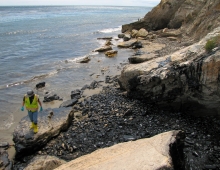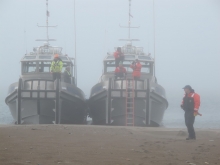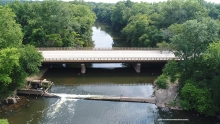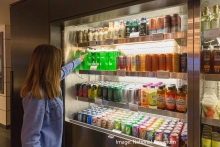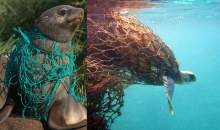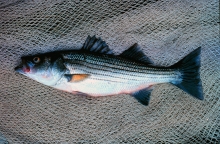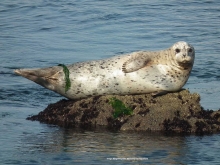Keeping the Oil Pollution Act Updated
alyssa.gray
Thu, 08/17/2017 - 15:14
Polar Bears and Response Drills in Alaska
alyssa.gray
Tue, 08/15/2017 - 15:36
National Aquarium Helping Reduce Plastic Pollution
alyssa.gray
Fri, 08/11/2017 - 15:56
How to Locate Wildlife Threatened During Oil Spills
alyssa.gray
Mon, 08/07/2017 - 17:27

